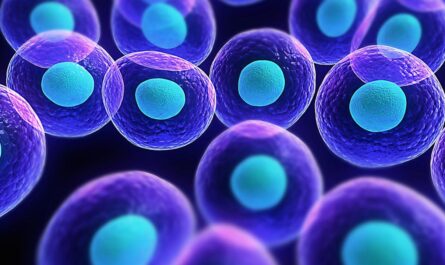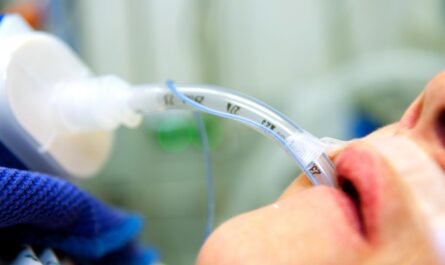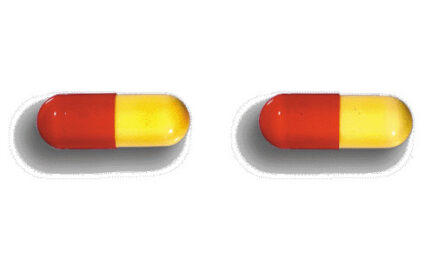Advantages of Single Use Systems
Single use assemblies, also known as single-use systems, offer several key advantages for pharmaceutical manufacturing over traditional stainless steel bioreactors and piping. One major benefit is reduced costs associated with validation, cleaning, and sterilization. Traditional systems require extensive validation to prove they can be properly cleaned between each batch to avoid cross-contamination. They also need to be taken offline for sterilization cycles which impacts manufacturing capacity. In contrast, single use components are intended for a single use and then disposed, eliminating the need for complex and time-consuming validation of cleaning and sterilization processes.
This reduction in validation and cleaning requirements translates directly to lower operating expenses. Manufacturers do not need to tie up resources performing cleaning validations or sterilization runs. They also avoid costs associated with water and energy usage from these processes. Overall production schedules are more flexible as single use systems have a much shorter turnaround time between batch runs compared to systems requiring cleaning.
From a safety and quality perspective, single use assemblies help minimize the risk of cross-contamination issues. Since the plastic bags, tubing, mixers, and other components are dedicated to a single process and then disposed, there is no chance contaminated materials could transfer between batches. This improves product purity and helps ensure stringent quality standards are met. It also removes biological safety concerns around the ability to fully clean and sterilize difficult to access areas on traditional systems.
Facilitating Small Scale Production and New Therapies
The flexible, disposable nature of single use technologies is extremely well-suited for small batch production, clinical manufacturing, and production of new biologic entities. Traditional systems require large capital investments and long lead times for procurement that do not make economic sense for producing only a few batches. Single use equipment provides a cost-effective alternative to support early-stage drug development, clinical trial material production, orphan or personalized medicine manufacturing, and other lower volume applications.
Production can also be started quickly on demand without the delays of equipment fabrication, delivery, validation, and personnel training required by traditional lines. For new biologic modalities like gene and cell therapies, single use systems are often the only viable option due to unique processing needs, small batch requirements, and lack of industry experience without cross-contamination risks. Their use is helping accelerate development and commercialization of these important new therapies.
Impact on Facility Design and Supply Chains
The adoption of single use technologies has necessitated changes in manufacturing facility design and supply chain management for biopharmaceutical companies. Facilities no longer need large costly stainless steel bioreactors, centrifuges, mixers, and associated piping systems that require dedicated space. Production areas have more flexible modular cleanroom designs to accommodate different single use assemblies as processes change over time. Storage and warehouse spaces have also grown to stock more consumable components that have a finite shelf-life.
Managing supply chains has become more complex, but also offers strategic advantages. Raw material resins, bags, tubing, and single-use sensors all need to be inventoried with careful tracking of expiration dates. Shorter lead times allow custom configuration of process needs compared to traditional systems. Outsourcing of process development and manufacturing operations using third-party contract manufacturing organizations adopting single use technology has also increased. This provides flexible capacity options without large capital facility investments. Supply chain management has become a core competence for success.
Sustainability and Regulatory Considerations
While significant benefits have driven widespread adoption, single use systems do create new sustainability and regulatory challenges relative to traditional equipment. Plastic waste volumes have increased substantially and manufacturers must have procedures in place for treatment and disposal according to applicable regulations to protect the environment. Concerns around leachable and extractable compounds from plastic assemblies that could impact drug purity and patient safety have also emerged.
Regulatory agencies are actively working to characterize single use materials and establish testing and reporting standards. The FDA has published guidance documents around the use of plastics in packaging of pharmaceuticals, recommended validation approaches for leachables from single use systems, and expectations for ensuring continued sterility of the process environment. As single use based manufacturing becomes standard across the industry, continued research into more sustainable plastic compositions and development of alternative substrates like glass will be important to mitigate environmental impacts. Overall though, the benefits of single use technologies are driving their continued and growing use globally.
Global Market Trends
The worldwide market for single use assemblies in bioprocessing has grown substantially over the past decade driven by their widespread adoption. Grand View Research estimates the global single use bioprocessing market size was valued at over $3 billion USD in 2019 and is estimated to expand at more than 13.5% annual growth through 2027. North America currently dominates due to presence of major biopharma companies and regulatory support for new modalities like cell and gene therapies produced using single use technologies. The Asian market is anticipated to expand the most rapidly led by growth in China and India as biopharmaceutical manufacturing increases in these regions.
Equipment suppliers have consolidated in recent years with few large players able to provide complete full single use processing lines from upstream cell culture through downstream purification and fill/finish. Leaders include Sartorius Stedim Biotech, Thermo Fisher Scientific, Merck KGaA, and Danaher Corporation who have made major acquisitions of smaller firms. Smaller niche players providing specialized components like mixing systems, storage bags, and sensors remain as well. As use of single use spread from R&D into full commercial manufacturing, demand is projected to remain very robust driving ongoing M&A and expansion projects by major equipment providers.
global adoption of single use assemblies in biopharmaceutical production has increased dramatically in the last 10-15 years and shows no signs of slowing down. The advantages in reduced costs, improved flexibility, and elimination of cross-contamination risks have led to their widespread use across all stages of drug development and manufacturing. While new challenges around sustainability, materials characterization, and supply chain management have emerged, these are being actively addressed through technological innovation, research, and regulatory guidance. Single use technologies are poised to remain the manufacturing standard for biologics well into the future and continue powering global market growth.
Note:
1.Source: Coherent Market Insights, Public sources, Desk research
2.We have leveraged AI tools to mine information and compile it




